Rodents don’t pay rent, they damage the homes we build, and they pose health risks to those who live in them. Whether you’re a homeowner seeking to protect your investment or a builder committed to durable, healthy construction, rodent exclusion deserves careful attention during the design and construction process.
I’ve seen firsthand just how serious the problem can be. When remodeling my wife’s grandmother’s house, we found mouse feces in the cabinets and ceilings, and even the dried-up skeleton of a mouse still stuck in an old mousetrap under the kitchen cabinets. Sleeping in the basement, we’d hear them scurrying across the ceiling above us at night. Even in our current new-construction home, we’ve had mice enter through the crawlspace and garage. One chewed through the ceiling drywall above the garage after climbing the garage door. These are persistent, capable intruders.
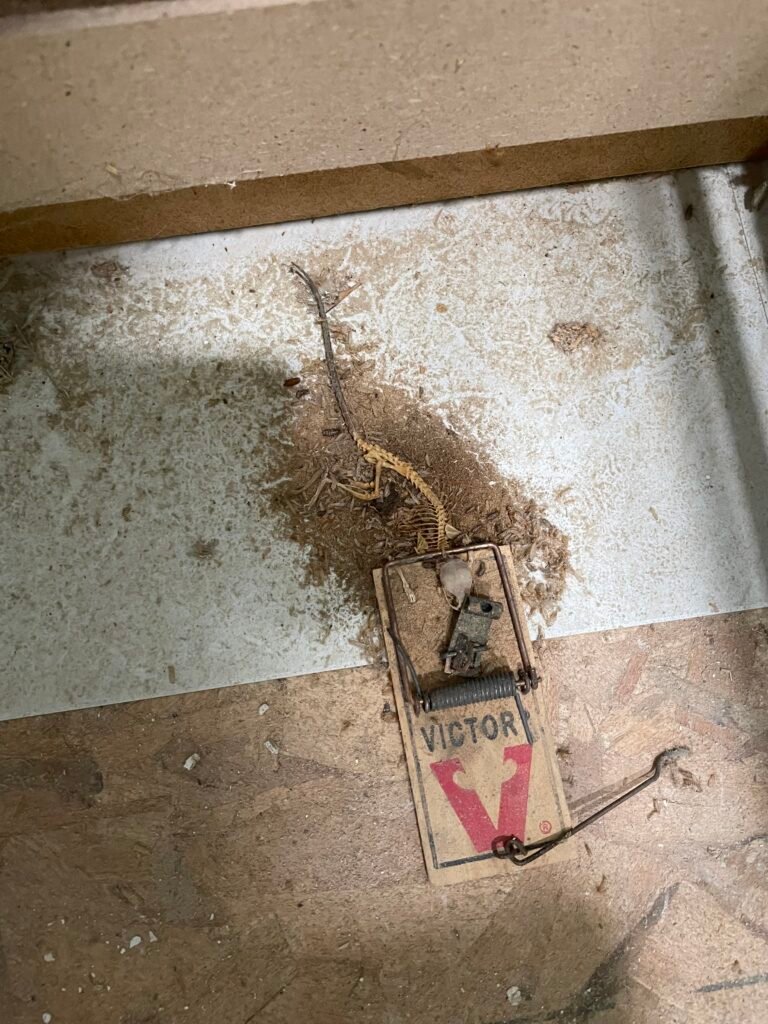
Why Rodent Exclusion Matters
Rodents are not simply a nuisance. Mice and rats are known carriers of diseases such as hantavirus, salmonella, and leptospirosis. Their feces, urine, and nesting materials can trigger allergic reactions and compromise indoor air quality. Structurally, they chew through wiring, insulation, wood, and drywall, often leading to significant repair costs. The cumulative effect is unhealthy, unsafe housing and frustrated occupants.
Fortunately, rodent infestations are largely preventable when exclusion is prioritized during construction. Proven methods—supported by field experience and best-practice guidance—can be integrated seamlessly into residential construction.
Rodent Exclusion Strategies for New Construction
1. Seal All Penetrations with Metal
All utility penetrations—whether plumbing, electrical, HVAC, or low-voltage—represent potential entry points. Use 1/4″ galvanized hardware cloth behind vent screens and around penetrations during the rough-in stage. In less accessible areas, rodent-resistant sealants or stainless steel mesh combined with foam can provide additional protection. However, hardware cloth remains the most durable and effective physical barrier.
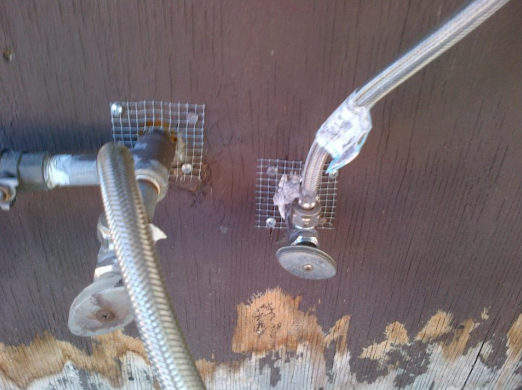
photo source: National Parks Association “Rodent Exclusion Manual”
2. Design for Airtightness
Beyond energy efficiency, airtight construction helps prevent rodent intrusion. A continuous air barrier—well-detailed at rim joists, bottom plates, and penetrations—serves as a formidable defense. Areas that allow air to leak also allow pests to enter. The tighter the envelope, the fewer opportunities for entry.
3. Protect the Crawlspace and Basement
Crawlspaces are high-risk zones for rodent infiltration. Opt for sealed, conditioned crawlspace designs with well-fitted, gasketed access doors. Vents should be protected with 1/4″ hardware cloth and set in durable frames. Gaps at the foundation-to-siding interface should be closed with mortar or metal flashing. Rodent-resistant insulation, such as closed-cell spray foam or mineral wool, discourages nesting.
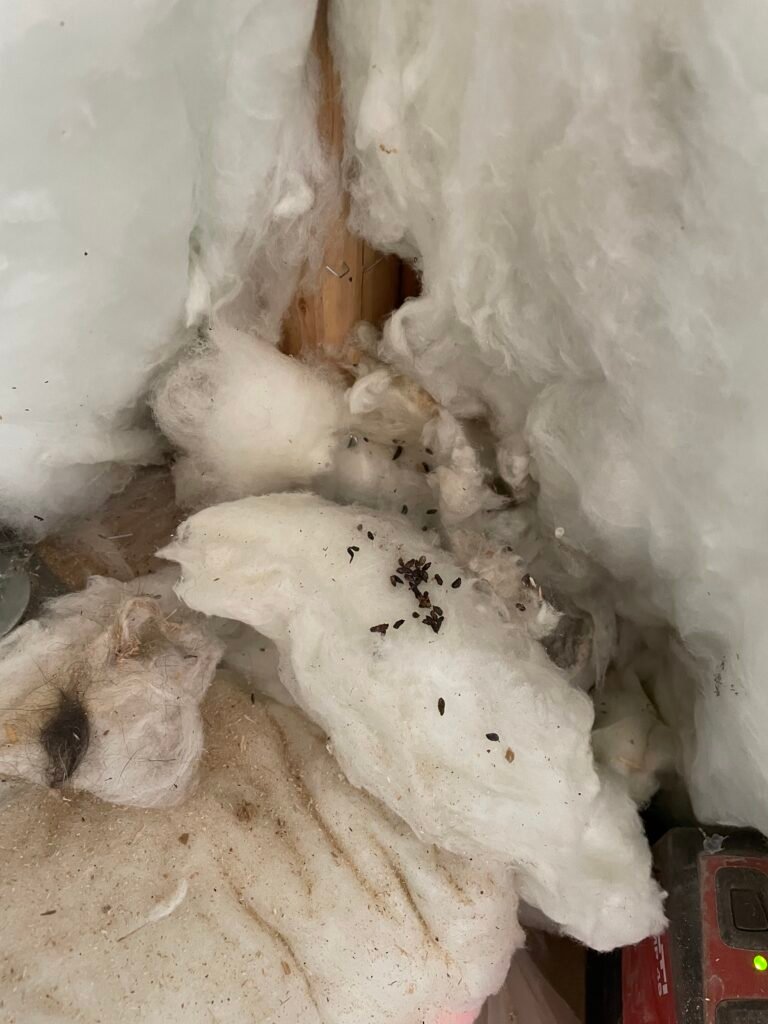
4. Screen All Vents and Openings
Gable vents, soffit vents, dryer vents, attic fans, and even utility chase terminations must be screened using durable materials. Standard insect screen is insufficient—rodents can chew through it. Instead, use metal mesh fastened securely with screws and washers. Every vent and opening is a potential weakness if not treated correctly.
5. Rodent-Proof the Garage
Garages are common entry points. Install high-quality garage door seals made from thick EPDM or neoprene gaskets that compress tightly against thresholds. Inspect and seal where door tracks meet the floor—a frequent bypass zone. Since many garages connect directly to conditioned living space, the shared wall should be detailed like an exterior envelope, complete with air sealing, non-nestable insulation, and durable sheathing.
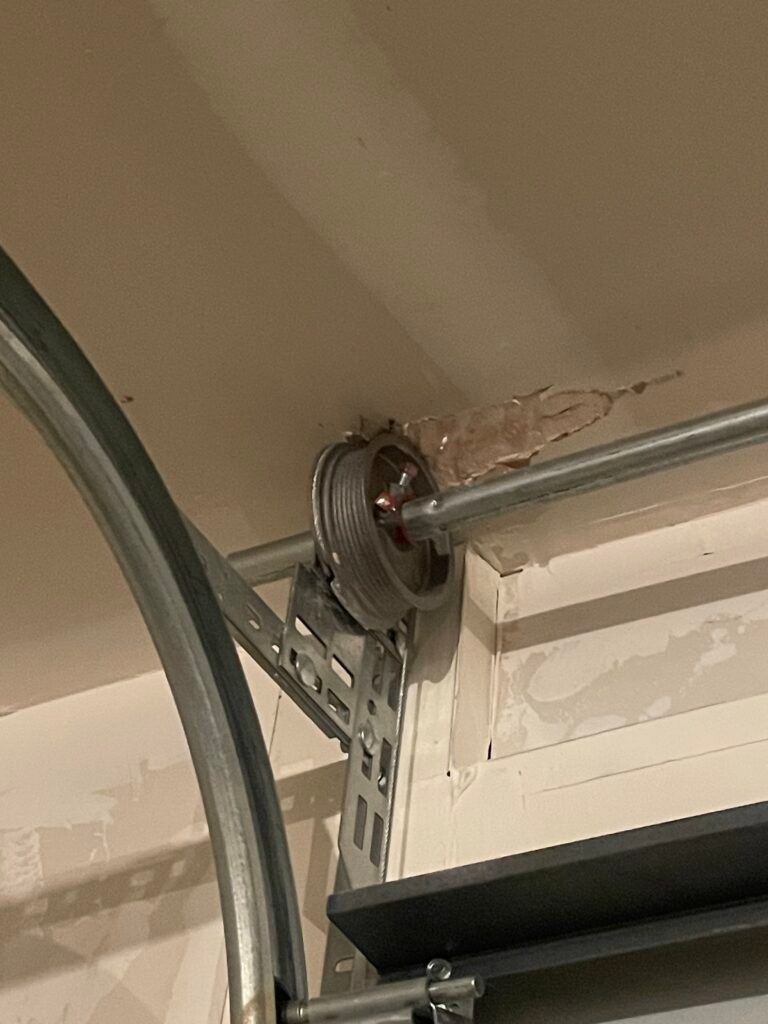
6. Separate Garage from Living Space
Treat the garage/living space boundary as a critical control layer. Seal every penetration, install a fully gasketed, self-closing door with an insulated threshold, and ensure continuity of the air barrier and insulation—especially in split-level or bonus-room configurations where ceilings may be shared. This not only keeps out rodents but also improves indoor air quality by limiting the migration of vehicle fumes and other pollutants.
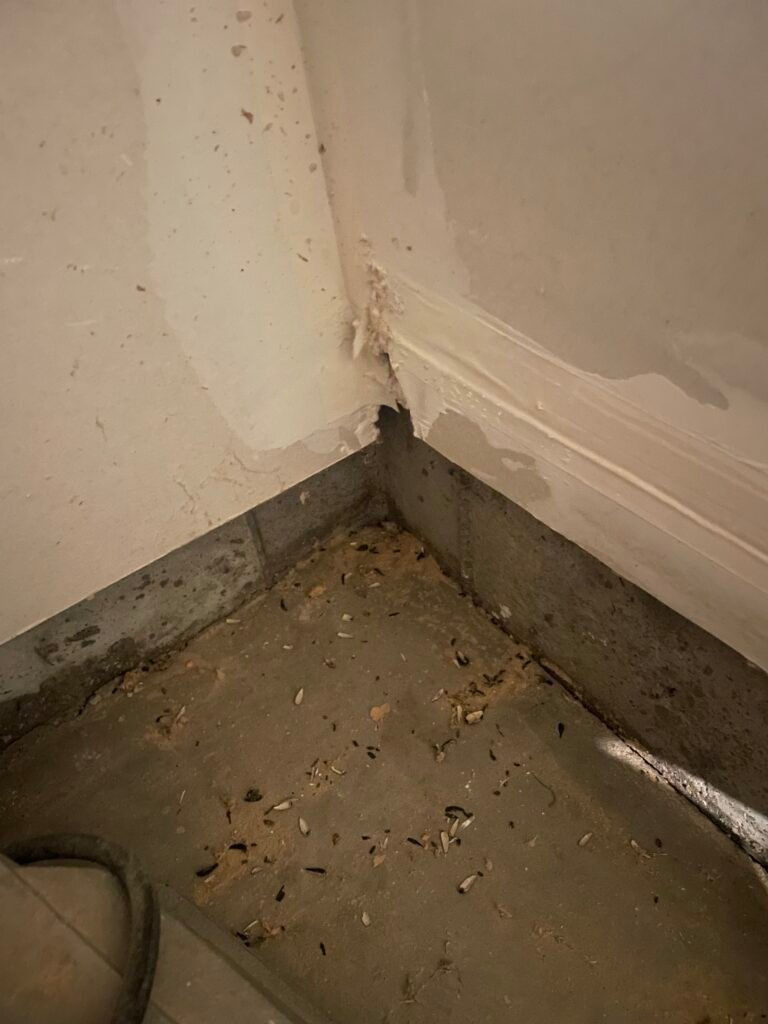
Practical Recommendations for Builders and Homeowners
- Consider rodent-resistant materials: Cement board, metal flashing, and masonry resist chewing far better than wood or plastic.
- Inspect and maintain the envelope: Regularly walk the perimeter to inspect for gnaw marks, cracks, and new openings.
- Control interior food sources: Store pet food, birdseed, and dry goods in sealed containers. Maintain cleanliness in pantries and kitchens.
- Use traps as early-warning devices: Even in well-sealed homes, place traps in strategic areas to detect initial rodent activity.
- Consider natural deterrents: A pet cat is not a substitute for exclusion, but in some cases, it can serve as an additional deterrent.
What to Avoid
- Ultrasonic devices and chemical sprays: These tend to offer inconsistent, short-term deterrence at best. Rodents quickly adapt.
- Poison baits: These introduce the risk of secondary poisoning and can result in inaccessible carcasses inside walls or ceilings.
Build with Exclusion in Mind
Rodent resistance begins long before drywall. By integrating exclusion practices at the framing and mechanical stages, you increase the durability, safety, and comfort of the home. Details such as sealing penetrations with hardware cloth, air-sealing the garage interface, and screening all vents are foundational.
In my own experience, exclusion should be a standard detail on all new builds. By including 1/4″ hardware cloth, non-chewable materials, and carefully installed control layers on every project, the result is a better-performing, healthier home that’s far less vulnerable to rodent intrusion.
If you’re looking to go deeper, the National Park Service’s Rodent Exclusion Manual offers additional technical guidance. But in the field, good exclusion comes down to quality materials, thoughtful design, and disciplined execution.
In the end, rodent resistance is just another layer of building science—like thermal, vapor, or air control. Mouse problems are easier to prevent than to fix. With a few smart details built into the framing stage, we can stop infestations before they ever begin. Rodents may be determined—but when exclusion is built into the bones of the home, pests stay where they belong: outside.
Previous Article: “Why Building “Good Enough” Isn’t Good Enough”
